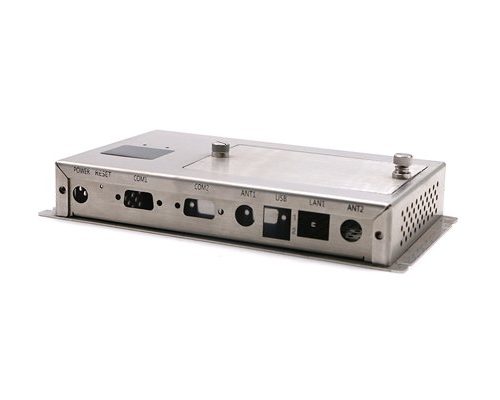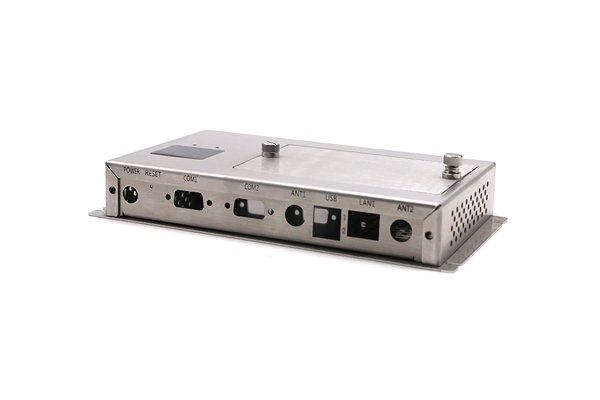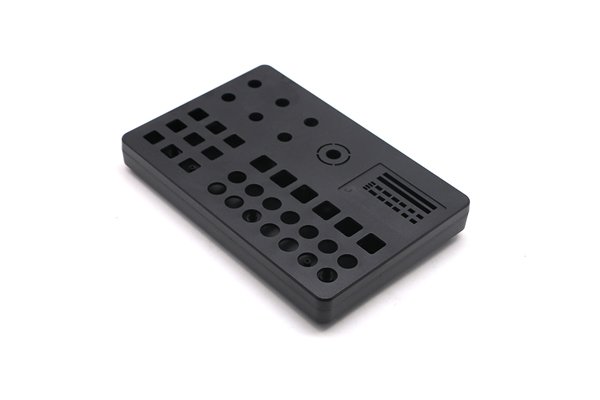Ever wondered how precision engineering meets the art of machining? In the world of manufacturing, CNC machining (Computer Numerical Control machining) stands out, like a master artist wielding a paintbrush, transforming raw materials into intricate masterpieces. Among the many aspects of CNC machining, one that often piques interest is achieving superior surface finishes, particularly those marked by RA 0.8 and RA 0.6 standards. If you’ve ever encountered the frustration of end parts not meeting quality expectations, you know how critical surface finish can be. But don’t worry; we’re here to unravel this complex topic.
What Are Surface Finishes and Why Do They Matter?
Let’s start with the fundamentals. Surface finish refers to the texture of a surface that affects both its aesthetic appeal and functional performance. Think of it like the skin on an apple; it not only looks inviting but also protects the fruit inside. In applications ranging from aerospace to medical devices, achieving proper surface roughness standards, like RA 0.8 and RA 0.6, is paramount. These standards dictate how smoothly a surface is finished, impacting everything from wear resistance to adhesion of coatings.
So, why should you care about surface finish? Besides improving the longevity and performance of the parts, having a superior finish can also reduce friction and wear, enhance corrosion resistance, and even play a role in thermal and electrical conductivity. Now, let’s delve deeper into how we can achieve these ideal finishes.
Choosing the Right CNC Machining Processes
Achieving RA 0.8 or RA 0.6 means selecting the right CNC machining processes. While traditional machining might seem sufficient, advanced techniques like CNC milling and CNC turning offer the precision needed to meet these stringent finish requirements.
Pro Tip: Choosing the Right Tools
Selecting the proper cutting tools for your CNC machining projects is akin to a chef choosing the perfect knife for the dish at hand. For better surface finishes, consider using high-speed steel (HSS) or carbide tools. While HSS tools are durable and cost-effective, carbide tools facilitate faster speeds and better finishes, reducing wear over time.
Understanding Tool Path Optimization
Imagine sailing a boat. The more efficient your route, the faster you arrive at your destination. Tool path optimization in CNC machining helps minimize unnecessary movements and vibrations, thus improving the overall surface finish.
Key Strategies for Optimization:
The Power of Post-Processing Techniques
After the CNC machining process, the surface often requires post-processing methods to achieve the desired finish. Just as a picture frame can enhance the aesthetic of a painting, post-processing techniques elevate the final product’s quality.
Popular Post-Processing Techniques Include:

A Word on Surface Roughness Measurement
To ensure your components meet the required RA 0.8 or RA 0.6 standards, measuring surface roughness is crucial. Instruments like the surface roughness tester introduce an element of science into the art of machining. They allow for precise measurement of the surface profile, helping you continually refine your process for perfection.
Why Material Matters: Choosing Materials Wisely
Selecting the correct material is another puzzle piece that fits into the overall picture of achieving excellent surface finishes. Each material has unique properties that impact machining behavior.
Consider These Material Types:
Challenges and Solutions in Achieving Desired Surface Finishes
There’s no denying that achieving the coveted RA 0.8 and RA 0.6 standards comes with its challenges. However, every obstacle is an opportunity in disguise! Here are common issues you might face and how to overcome them:
Future Trends in CNC Machining Finishing Techniques
As we glance into the future, CNC machining is evolving at lightning speed, bringing with it new technologies and trends that push the boundaries of what’s possible.
Conclusion: The Road to Excellence
Achieving surface finishes of RA 0.8 and RA 0.6 isn’t just a checkbox on your CNC machining list; it’s a journey that combines the art and science of manufacturing. By understanding the processes involved, embracing optimization techniques, and being mindful of material selections, you can elevate your CNC machining game to new heights.
As you navigate through the sea of CNC machining, remember that the road to excellence is carved by constant learning and adaptation. Like a seasoned mariner adjusting their sails, mastering the nuances of machining can lead to beautifully finished parts that meet—and exceed—expectations.
So, are you ready to embark on this journey of precision, creativity, and innovation in CNC machining? Let’s make those surfaces shine!



